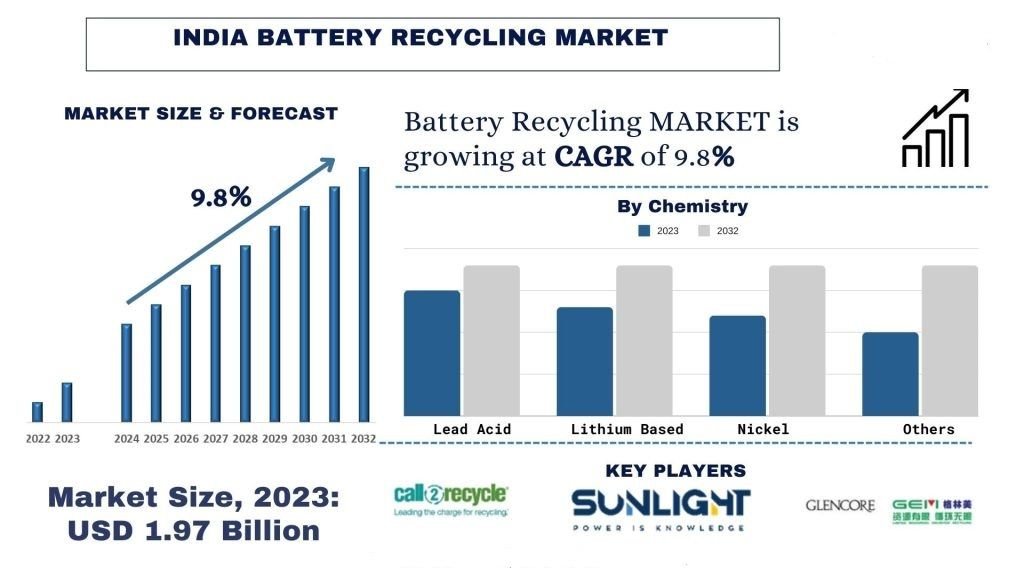Few metrics are as generally used or poorly understood as the capitalization rate, more usually known as the cap rate, when evaluating real estate investment prospects. Understanding how cap rates work will help you whether your search is for a rental, commercial, or diversified real estate investment.
Cap rates, however, tell a story about risk, return, and market expectations rather than merely a fast arithmetic computation tool. Whether you are new to real estate investing or honing a more seasoned investment strategy, this article will address six important facts every real estate investor should be aware of regarding cap rates.
Read below to find more about real estate investment cap rates.
6 Things Real Estate Investors Must Know About Cap Rates
Cap rates are one of the most important numbers every property investor needs to grasp, yet they’re typically too simplistic. They’re a good measure of the potential earnings from a piece of property versus what it costs, providing a ready means to put investments side-by-side. Yet cap rates also differ geographically, by property type, and by time in the cycle, and too many investors will mistakenly use them exclusively. Clever investors look to cap rates first, then second.
Let’s read more to learn about some things real estate investors must know about cap rates.
1. What is Cap Rate?
At its core, a cap rate is a measure of return. It tells you what percentage of the property’s value you’re earning in income each year, before factoring in financing. Put simply:
Cap Rate = Net Operating Income (NOI) ÷ Property Value
Think of it like this: if a property generates $100,000 in annual income (after expenses but before debt) and it’s valued at $1 million, the cap rate is 10%.
Cap rates help investors get a feel for the earning potential of a property, relative to its purchase price or current market value. Higher cap rates usually indicate higher returns—but they often come with more risk. Get in touch with Global Partners to understand real estate market cap and invest wisely for the best possible returns.
2. How to Measure Cap Rate?
First you have to grasp Net Operating Income (NOI) before you can figure a cap rate. Less running expenses including taxes, maintenance, insurance, and property management, the annual income from the property is. Consider a multifarious apartment building:
Gross Rental Income: $120,000
Operating Expenses: $30,000
NOI = $90,000
If the property is listed at $1.2 million:
Cap Rate = $90,000 ÷ $1,200,000 = 7.5%
It’s important to remember that this formula does not include mortgage payments or renovation costs. Cap rate is a pre-debt and pre-tax measure—it helps you compare properties on an equal footing.
3. Cap Rates by Market and Asset Class
Cap rates are not universal. They vary significantly depending on:
- Location (major city vs. secondary market)
- Property type (multifamily, office, retail, industrial)
- Market conditions (supply, demand, interest rates)
For example, in a stable, high-demand city like San Francisco, you might see cap rates for Class A multifamily properties in the 3%–4% range. In smaller or riskier markets, the same type of asset might offer a cap rate of 7% or more. Here’s a general (but rough) snapshot of average cap rates by asset type:
- Multifamily: 4%–6%
- Office: 5%–7%
- Industrial: 4.5%–6.5%
- Retail: 6%–8%
The takeaway: Cap rates reflect both the property and the market it’s in. Always compare within the same asset class and local area for an apples-to-apples view.
4. Cap Rates Reliance
Cap rates are useful, but they’re not the whole story. They don’t account for:
- Loan terms (interest rates, LTV)
- Renovation or redevelopment costs
- Tax advantages (like depreciation)
- Market appreciation or rent growth potential
Although a property with a 6% cap rate would seem less appealing than one with an 8%, its long-term returns could be better if the 6% asset is in a high-growth area with great appreciation. A starting point, the cap rate is not a tool for isolated decision-making.
5. Cap Rate Trends
Cap rates are closely tied to interest rates, investor demand, and economic confidence. When interest rates are low and there is high demand for property, cap rates tend to compress, i.e., decrease, while prices increase.
This is usually the case in competitive markets where investors receive lower returns in return for reduced risk or increased asset quality. Conversely, in uncertain times or in struggling markets, cap rates tend to rise as risk increases. Recent trends to watch:
- Industrial real estate cap rates have stayed low due to e-commerce demand.
- Office space cap rates have risen post-COVID, reflecting uncertainty in that sector.
- Retail cap rates vary widely depending on tenant mix and location.
Understanding where cap rates are heading can help you time your investments or identify opportunities that others might overlook.
6. Cap Rate Limitations
No metric is perfect, and cap rates are no exception. A few common limitations:
- Static snapshot: Cap rate shows income today, not tomorrow. It doesn’t account for rising rents or changing costs.
- Can be manipulated: Sellers may inflate NOI by excluding certain expenses, making the cap rate appear more attractive.
- Not ideal for value-add deals: If you’re buying a fixer-upper, the cap rate won’t reflect the upside potential once improvements are made.
Because of this, smart investors pair cap rate analysis with other tools like IRR (Internal Rate of Return), cash-on-cash return, and discounted cash flow models.
Get Professional Help to Invest In Real Estate Smartly
Cap rates are a powerful tool in real estate investing, but they’re just one piece of the puzzle. They can help you compare opportunities, gauge risk, and assess current income potential. But to make smart, confident investment decisions, you’ll want to dig deeper. With expert help, you can understand how cap rates work. Contact Global Partners today to get professional help for investing in real estate smartly.
Also Read : How Can Business Setup Consultants Save You Time and Money?












Leave a Reply